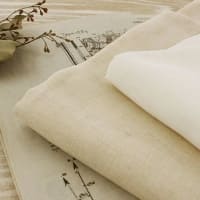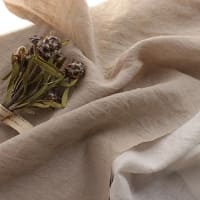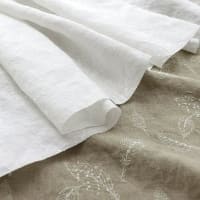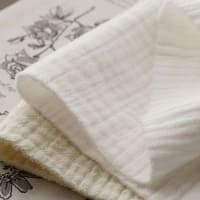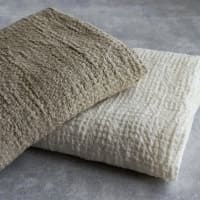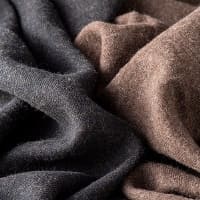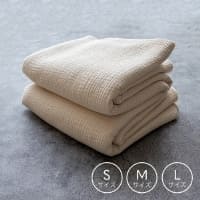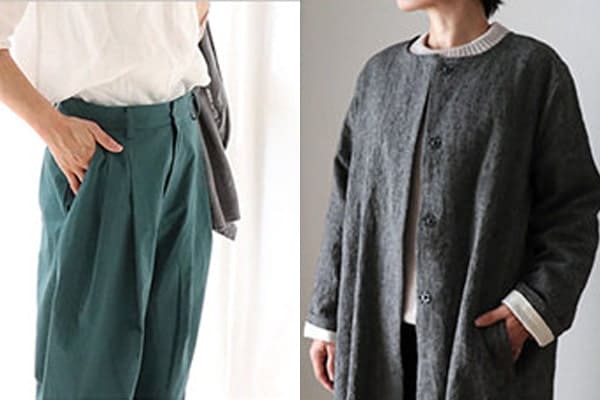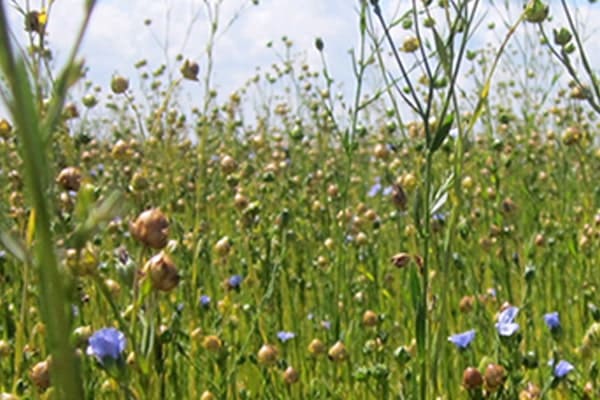MADE IN
JAPAN
FROM
HAMAMATSU
今なぜ、
敢えて『made in 浜松』
を
主張するのか。
現在、日本における衣料生産の自給率は3%(2014年時点)
更に繊維の国内自給率は全体の1%にも満たないとされています。
製品コストを下げるために製造原価が引き下げられ、海外調達が増加。
今では97%以上を中国を始めとする輸入品によって賄われています。
それと同時に国内繊維産業の事業所や従業者数が激減し、技術者の高齢化と継承者不足もあり、
日本の職人が支えてきた伝統的な技術が次々と失われつつあります。
生地の森はここ遠州、浜松の地で生まれた遠州織物の技術を伝える職人がいる限り、
皆さまに伝えていきたいと考えています。
『made in 浜松』をぜひ身近なものでお使いいただき、職人の独創的な風合いや染め技術を、
生地を通して感じて頂けたら幸いです。
Why are we
now insisting on
“Made in hamamatsu”?
It is because Japan’s clothing manufacturing self-sufficiency rate is currently at three percent (as of 2014).
Moreover, domestic textile self-sufficiency is less than one percent.
In order to lower the costs of finished goods,overseas procurement has been increased,so that manufacturing costs can be reduced.Nowadays,at least 97% of goods are imported,and this is primarily met by China.
At a time when the number of domestic textile manufacturers and workers is rapidly declining, whilst craftsmen are retiring without anyone replacing them, the traditional techniques that Japan’s craftsmen have sustained are gradually being lost.
I want everyone to know about these techniques, which were born right here at “KIJI NO MORI” in Hamamatsu, Enshu, as long a there are still craftsmen around who can teach the art of ‘Enshu fabric’.
It would give me great pleasure if you could sense the unique texture and dyeing techniques in the fabric when you take hold of itwhilst embracing the “made in Hamamatsu” campaign as a part of your everyday life.

ABOUT US
素材のありままの魅力を伝えたい
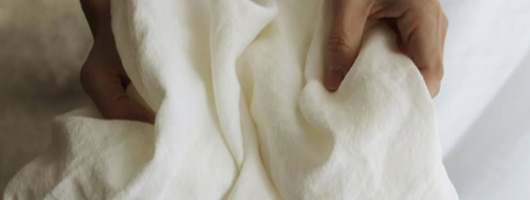
わたしたちの生地のこと。
ものづくりは「素材」から。
特集
-
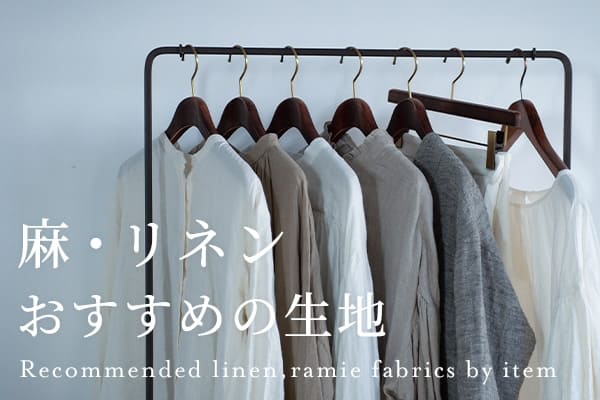
おすすめの麻・リネン生地
使い込むほど肌に馴染むリネン生地の魅力
-

ラミーリネン
季節を通して使いやすい雰囲気の良い生地
-

ベルギーリネン
上品なとろみ感で着映えする上質なリネン生地
-

シャツ・ブラウス作りにおすすめの生地
主役にも引き立て役にもなるアイテムに。
-

ワンピースにおすすめのリネン生地
ハンドメイドでワンピースを作るならデザイン別にご紹介します。
-

エプロン作りにおすすめの生地
暮らしを豊かにするおしゃれなエプロン作り
-
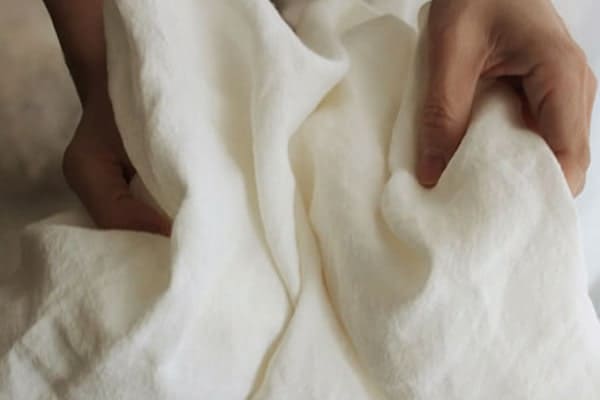
リネン生地のお取り扱いについて
リネン生地へのお悩み・疑問に生地の森がお答えします
-

リネン生地と心地よい暮らし
暮らしに役立つリネン生地をライフスタイルに取り入れてみませんか?
-

ブログ「生地の森から」
スタッフが生地のことや日常のことを発信
-

春のおすすめ生地
こだわりの生地で大人おしゃれな春の装いに。
-

ボトムス・パンツ作りにおすすめの生地
おしゃれで履きやすい、自分に合ったパンツ作りに。
-
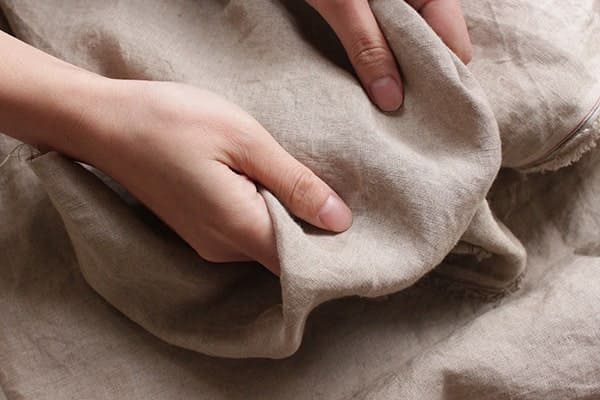
わたしたちの生地のこと
素材を生かした伝統の”ものづくり”について知る
-

レビューを書いてポイントプレゼント
商品レビュー1件につき5ポイント進呈中
-

おすすめの定番生地
リピートされ続ける人気生地を集めました
-
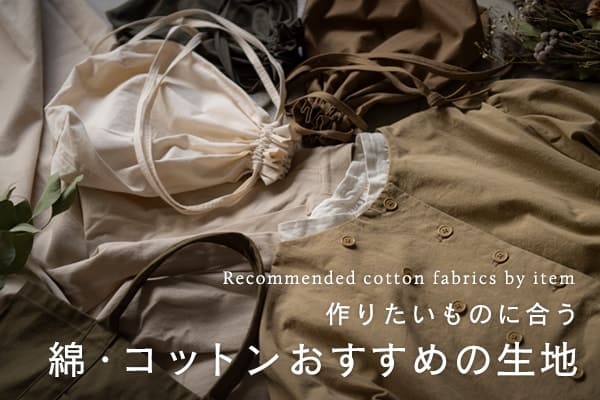
おすすめの綿・コットン生地
遠州職人の気質が色濃く反映された上質なコットン生地
-
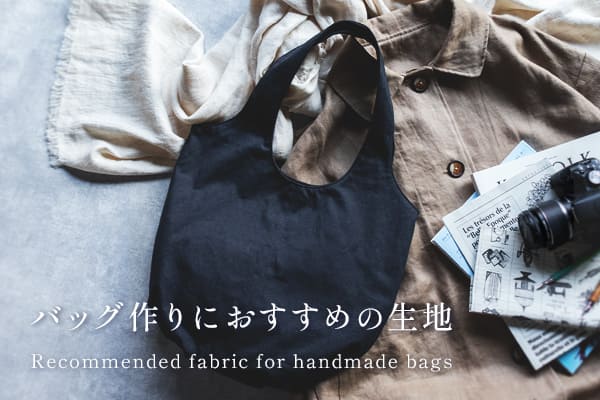
バッグ作りにおすすめの生地
素材の“味や雰囲気”を活かしたバッグ作りに。
-
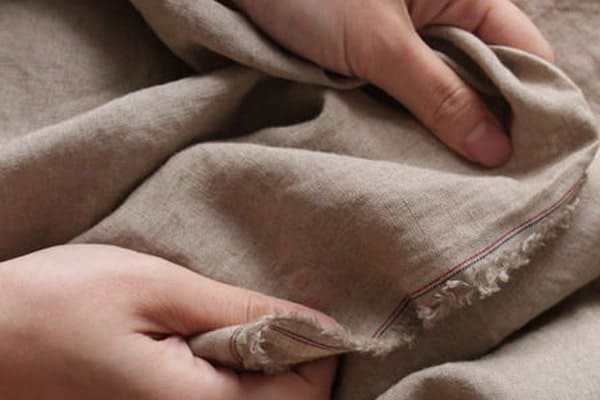
何を買おうか悩んだ時に
生地の森には様々な生地が揃っています。悩まれた時ご覧ください
-
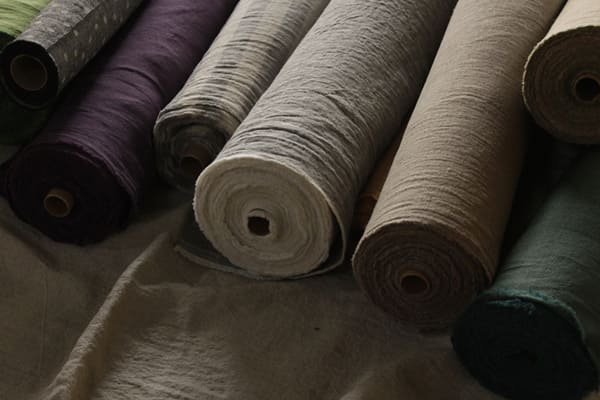
卸販売について
会員様向けに卸販売を行なっております





